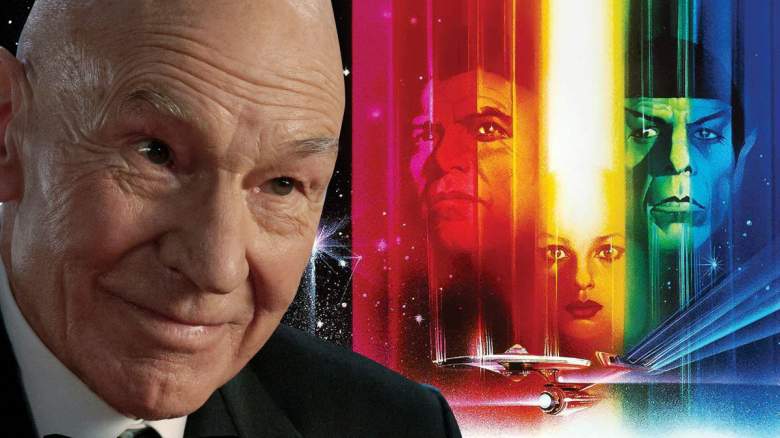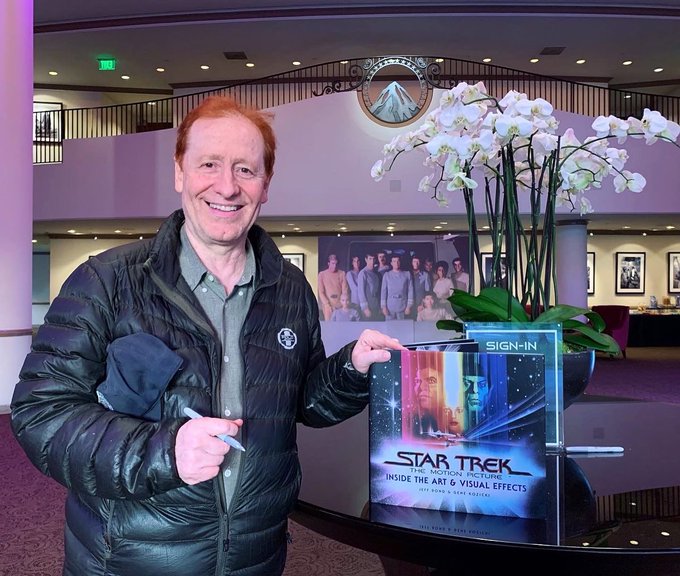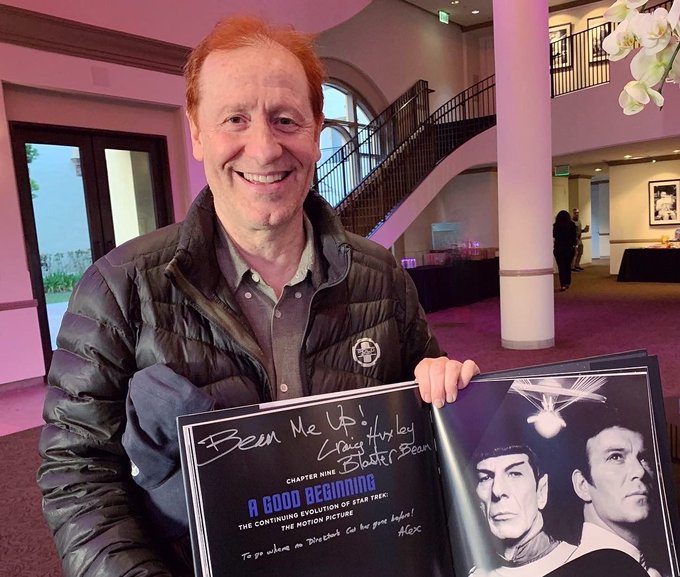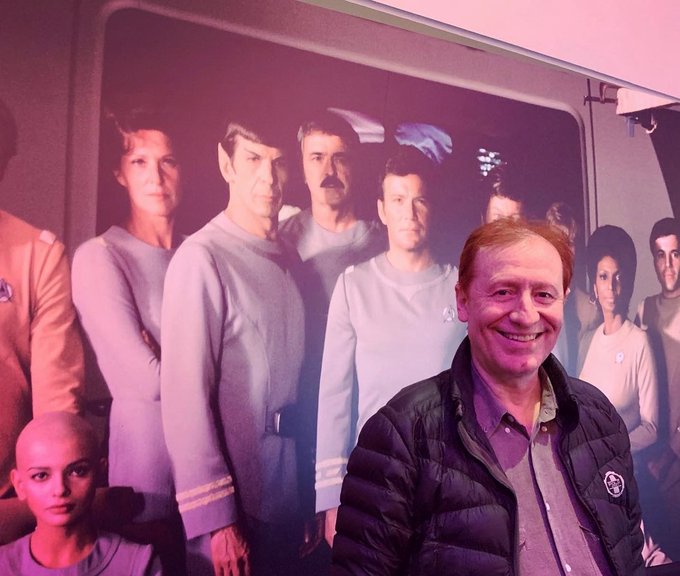
Paramount Jean-Luc Picard and ‘The Motion Picture’
Say what you want about “Star Trek: The Motion Picture,” but it is hard to deny the incredible soundtrack that accompanied the film. Created by composer Jerry Goldsmith, the score featured five distinct motifs which accompanied certain characters and situations. And the opening fanfare for the movie, known as “The Enterprise,” was beloved by Trek creator Gene Roddenberry. According to FilmTracks, the “Great Bird of the Galaxy” made sure that this new Trek theme would be joined with Alexander Courage’s original Trek music for his new show, “Star Trek: The Next Generation.”
Some may cite the beautiful music known as “Ilia’s Theme,” which helped emphasize the subtle romance between Commander Decker (Stephen Collins) and Ilia (Persis Khambatta) as the film’s very best. Others may argue that it was the music Goldsmith created for the Klingons or the haunting music for “The Cloud.” But it is an undeniable fact that somehow, Goldsmith captured the wonder and emptiness of space with his music.
Part of how Goldsmith achieved that dark sound — the deep, empty, electrical noise — was actually made by someone else on his team. That person, inventor, actor, and musician, is Craig Huxley. He created the musical instrument which made those galactic sounds for “The Motion Picture.”
The Blaster Beam
The instrument is known as “The Blaster Beam.” According to Huxley’s website, the 18-foot long instrument is “strung with numerous tensed wires, under which are mounted magnetic and piezoelectric pickups. Sound exciters can be slid to alter the sounds produced. The instrument is played by striking, rubbing, slamming, and plucking the strings with fingers, sticks, pipes, and even large shell casings.”
Huxley’s performance in “The Motion Picture” led to more work for the Blaster Beam, including in “Star Trek II: The Wrath of Khan.” Huxley’s instrument is featured in the J.J. Abrams’ film “10 Cloverfield Lane” and the Stephen King horror movie “Dr. Sleep.” The Blaster Beam is also heard on episodes of Seth McFarlane’s tribute to “Star Trek” — “The Orville.” He also contributed to “Star Trek II” and “Star Trek III: The Search for Spock” for the synthesizers heard during the Genesis Effect animation.
Huxley at ‘The Motion Picture’ 4K Opening
Though he invented the Blaster Beam — and patented it in 1984 — Huxley is a well-rounded musician. He played piano on the “ET” film soundtrack for the legendary composer John Williams. He played the synthesizer on Michael Jackson’s “ET” Storybook Album. Huxley also performed on Jackon’s “Bad” and “Thriller” albums.
A well-trained ear can hear Huxley on the 80s hit “Yah Mo B There” by James Ingram and Michael McDonald.
It turns out that Huxley’s history with “Star Trek” goes beyond just “The Motion Picture.” He also appeared as a child in “The Original Series” episodes, “Operation: Annihilate” and “And The Children Shall Lead.” According to Memory Alpha, He’s credited in those episodes by his given name, Craig Hundley.
‘Picard: Season 3’
Most fans of “Star Trek” know by now that Patrick Stewart and the main cast from “The Next Generation” are returning for “Picard: Season 3.” Judging by his public comments and tweets, showrunner Terry Matalas is trying his best to make sure the final season of “Picard” will be one to remember.
That means Huxley and his incredible Blaster Beam will be part of the soundtrack. Thanks to a post on Huxley’s website, he will be joining the show’s composer Stephen Barton to put together the music.
If the Blaster Beam is set to return, does that mean fans will also see V’Ger? It certainly would be a fun addition to “Picard: Season 3.” Even though Huxley’s sound is closely associated with the robotic character, fans have not seen V’Ger since the end of “The Motion Picture.”
READ NEXT: ‘Star Trek: Discovery’ Explains Why Harry Kim Never Got Promoted




Comments
Elements of “Star Trek: The Motion Picture” Are Coming to “Picard: Season 3”